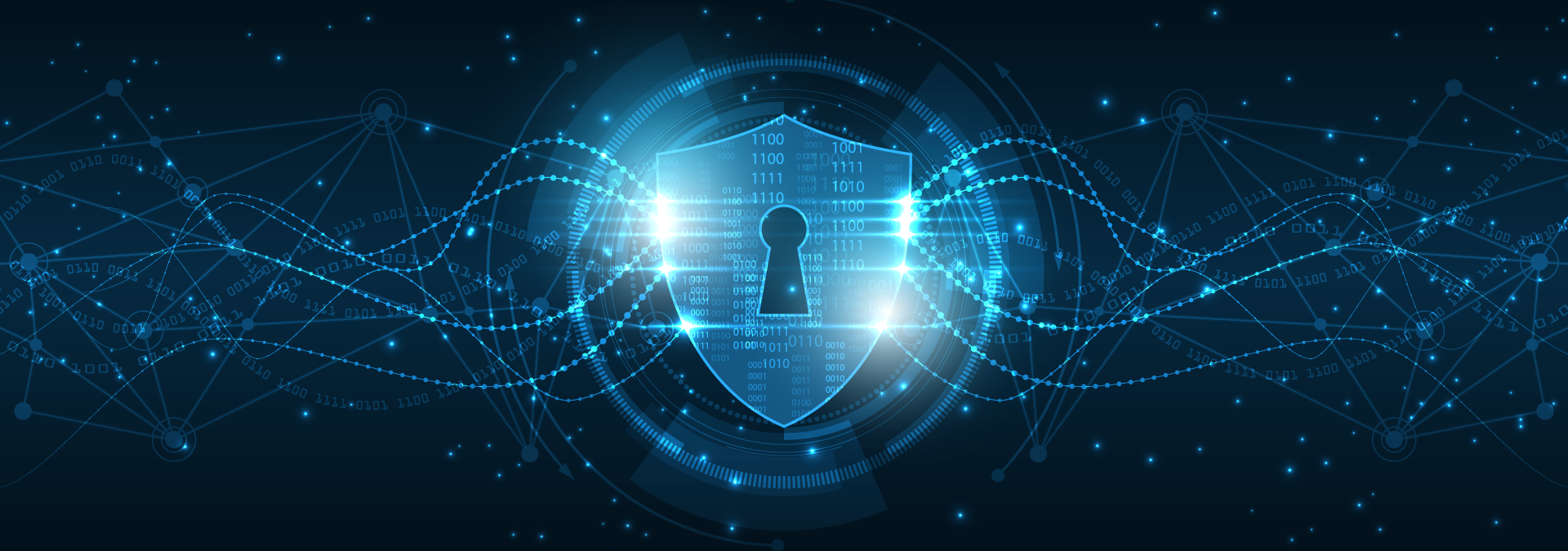
Ransomware attacks
Ransomware attacks continue to be one of the leading cyber threats. In 2022, more than 10 million ransomware attacks took place. That is, these attacks caused economic losses of $50 billion.
The increase in economic damage caused by ransomware attacks is due to several factors, including:
- Technology is increasingly used in all aspects of life, making organizations more vulnerable to attacks.
- Cybercriminals' sophisticated tools and techniques allow them to access more sensitive and valuable data.
- A lack of cybersecurity awareness makes organizations more likely to suffer attacks.
According to the Cybersecurity Ventures 2023 Cybersecurity Trends Report, ransomware attacks will cause economic damage of $265 billion globally by the end of the year. As compared to 2022, this represents an increase of 17%.
Artificial intelligence and machine learning
Artificial intelligence (AI) and machine learning (ML) revolutionize cybersecurity. These technologies can detect emerging threats, automate security tasks, and improve incident response.
Gartner's cybersecurity trends report explains that Artificial Intelligence and machine learning are two of the main technological trends for the coming years. These tools allow cybersecurity systems to detect malware attacks before they damage.
Cybersecurity in the cloud
Clouds are increasingly significant for organizations, making them an attractive target for cybercriminals. Companies using the cloud must implement appropriate security measures to protect their data and systems.
Organizations can take more specific measures to protect their data and systems in the cloud, such as:
- Segment the data
- Use access policies
- Back up data
By 2023, the global cost of cybercrime will be $10.5 trillion. It represents an increase of 15% over 2022.
Supply chain attacks
Supply chain attacks target companies through suppliers or business partners. These attacks can cause significant business disruption and financial loss.
These supply chain attacks can significantly impact organizations, potentially resulting in data loss, disruption to operations, and reputational damage.
These supply chain attacks can significantly impact organizations, potentially resulting in data loss, disruption to operations, and reputational damage.
Some of the specific risks associated with supply chain attacks include:
● Data theft
● Discontinuation of operations
● Damage to reputation
Targeted attacks
Targeted attacks are customized attacks that target a specific organization or individual. These attacks are typically more challenging to detect and prevent than widespread attacks.
Targeted attacks typically have the following characteristics:
● Custom
● Persistent
● Expensive
An example of these attacks is the WannaCry attack of 2017. This cybersecurity attack targeted organizations worldwide and used ransomware to encrypt victims' data.
Did you know?
The 2017 WannaCry attack was a cryptographic ransomware attack that affected over 200,000 computers in 150 countries.
Latest news
Smart Cities
What are Smart Cities & Mobility and How They Transform Urban Life?
Cities are undergoing a profound shift. Rapid urbanization, rising mobility demands, and the need for sustainable growth are pushing urban ecosystems to evolve beyond traditional infrastructure. This is the foundation of smart cities, meaning digitally connected environments powered by IoT, cloud platforms, data analytics, and intelligent automation.
Investors
News
SONDA maintains growth in business closures, reaching US$1,294 million and strengthening its pipeline with a 43% increase compared to the end of 2024
Its revenue reached US$1,154 million as of september, growing 3.1% driven by its strengthened commercial structure from the strategic plan, generating a robust pipeline of US$7.6 billion.
Smart Cities & Mobility
How Smart Datacenter Management Powers Modern Digital Infrastructure
Digital businesses don’t run on good intentions; they run on datacenters. Every online purchase, every cloud-native app, and every connected device depends on a powerful yet often invisible foundation: digital infrastructure.
